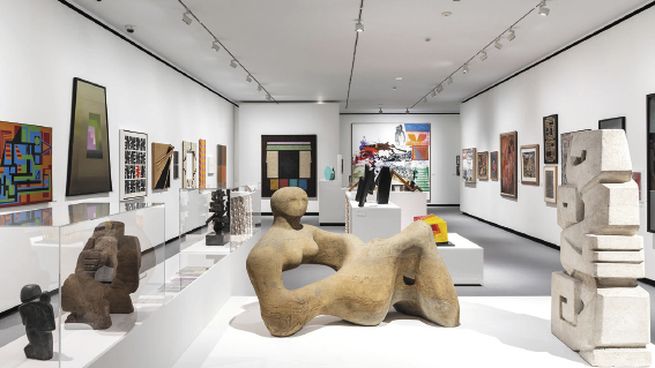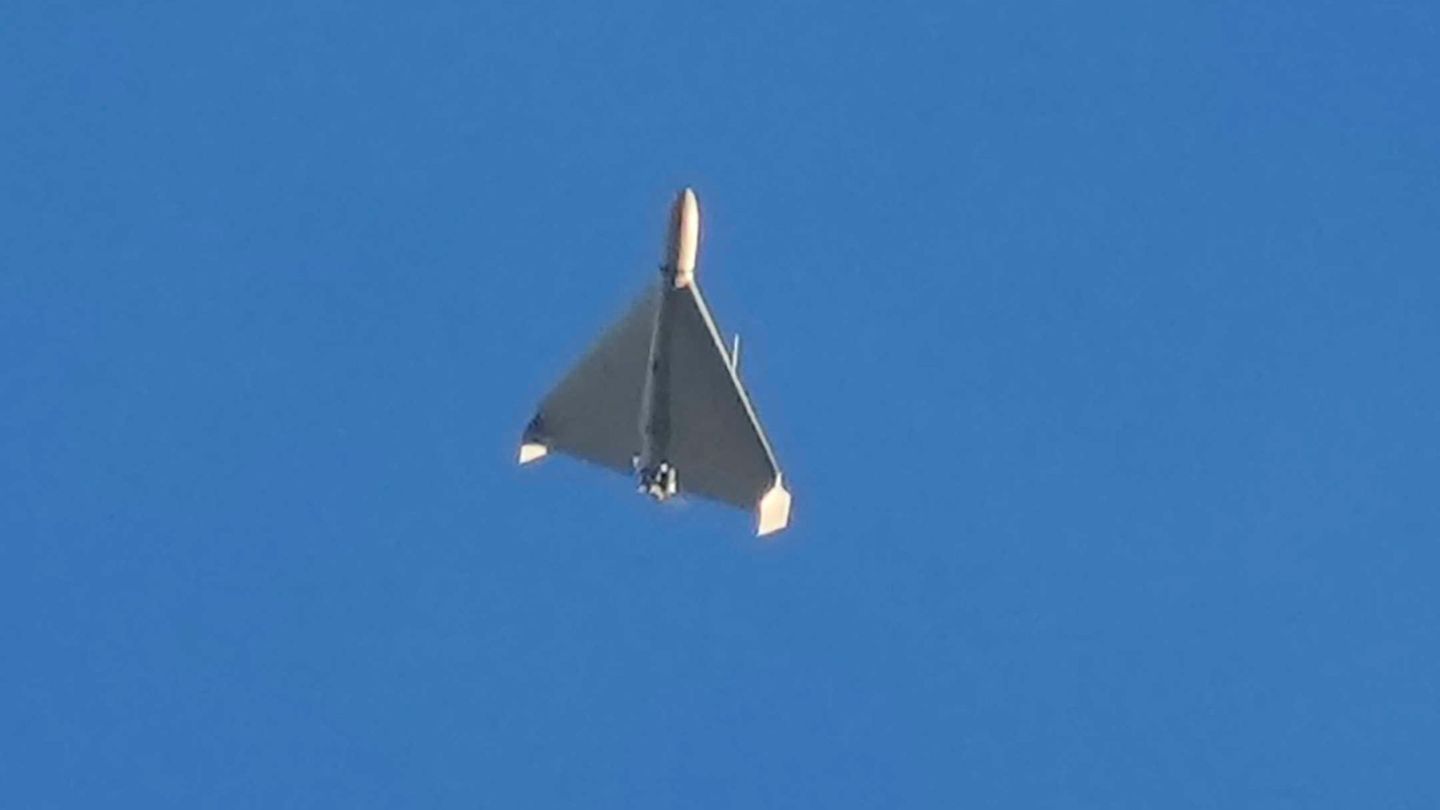before America. The stone-carved sculptures of Henry Moore and Magda Frank in the foreground.
Despite the crisis that the country is going through, several Argentines travel to ARCO, the Madrid Art Fair, in February, just when the Juan March Foundation presents a special exhibition. “Before America” explores the notable roots of 300 modern and contemporary artists in the aesthetics of the native cultures of our territory. In charge of the curatorial team, the Argentine Rodrigo Gutiérrez Viñuales, professor at the University of Granada, recognizes the valuable contributions to his research of two theorists. The first, Joaquín Torres García, for his teaching work in his Workshop; the second, César Paternosto, who traveled to the Andean region and analyzed the qualities of pre-Columbian art in texts with the power of a manifesto. The works of both make up the exhibition, along with those of Anni and Josef Albers, Rufino Tamayo, Alejandro Puente, Vicente do Rego Monteiro, Barnett Newman, Isamu Noguchi, Louise Nevelson, Roy Lichtenstein and Andy Warhol; Oswaldo Guayasamín, Fernando De Szyszlo, Carlos Mérida, Horacio Coppola, Man Ray, Marta Colvin, Ana Mendieta, Cecilia Vicuña and Roberto Matta; María Freire, Carlos Mérida, Mathias Goeritz and Jorge Oteiza.
The content you want to access is exclusive to subscribers.
For decades and based on the study of the aesthetic affinities between pre-Columbian art, modern art and current art, small or partial exhibitions have been held. One of them was presented by César Paternosto, author of the book “Piedra Abstracta. Inca sculpture. A contemporary vision”, in the Cecilia Torres gallery, in New York, an exhibition that was later expanded and exhibited at the IVAM in Valencia. But “Before America” is the most complete and extensive exhibition. Through around 600 pieces of modern and contemporary art, including paintings, sculptures, drawings, documents, photographs, design, architecture and the diversity of current artistic formats, the miscegenation and syncretic fusion of an art where language resonates is displayed. ancestral to pre-Hispanic cultures. Step by step, the exhibition delves into American territory, goes back in time and goes back to the beginning of the 19th century, to the pursuits of scientific expeditions, to later undertake the search for the romantic sublime. The curators report that in these expeditions “the collection, purchase or looting of objects and documents (and in some cases their falsification) arose and, therefore, the increase of public and private collections.”
Meanwhile, at the beginning of the 20th century there was a return to “the primitive”, a key return to modernity. “It was about establishing and strengthening a ‘own’, American classic,” clarifies Viñuales. And in the middle of the century, pre-Hispanic geometries appeared in the avant-garde of Joaquín Torres García. “He and his disciples in Montevideo set out to recover the deep symbolic background of the pre-Columbian and rediscover the original intention of the creators of the past, going beyond the formalism that had characterized a good part of the international artistic proposals of the 1920s.” . In this section you will find the works of Torres García and his Taller, Lygia Pape, Maria Freire and Gunther Gerszo, among others. Then appears the inclination towards direct carving in stone, geometric abstraction and the so-called “lyrical abstraction”, aspects that “will absorb the languages of pre-Columbian arts from their investigations into color and poetics inspired by the idea of the ancestral. The search for the essential will lead to the invention of signs and settings with archaic reminiscences.” Right there, the stones carved by the consecrated Henry Moore face each other next to that of Magda Frank, an artist who created the largest number of monumental works in public spaces in Europe and went into seclusion in Argentina, where she went almost unnoticed.
Finally, the 1950s and 1960s will see, with the advent of “pop culture,” the appearance of posters, comics, album covers, magazines and books that joyfully insert the pre-Columbian into popular culture. A chapter of the Madrid exhibition is dedicated to the comparative area. “In a way, the end of the exhibition is a return to its beginning. Museography intentionally coexists ceramics and other contemporary objects with ancient pieces. Some of these new creations question those practices, parody them or denounce them. And the parody sculpture by Nadín Ospina, an artist who provides humor, is a good example. “Before America” demonstrates the excellence of a comparative curatorial exercise between ancient pieces that have been interpreted, reinterpreted or appropriated in the last two centuries. In this way, the exhibition complies with the teaching of Torres García, when he points out: “No culture should be repeated, but it should be continued.”
Source: Ambito
I am an author and journalist who has worked in the entertainment industry for over a decade. I currently work as a news editor at a major news website, and my focus is on covering the latest trends in entertainment. I also write occasional pieces for other outlets, and have authored two books about the entertainment industry.




